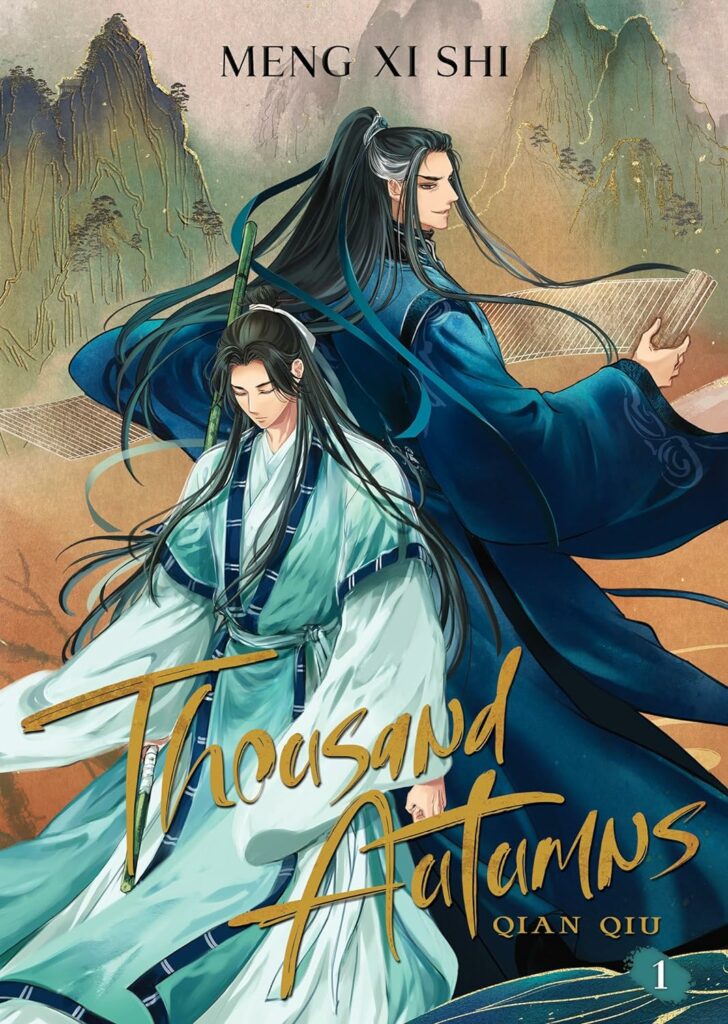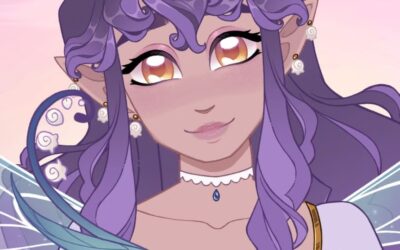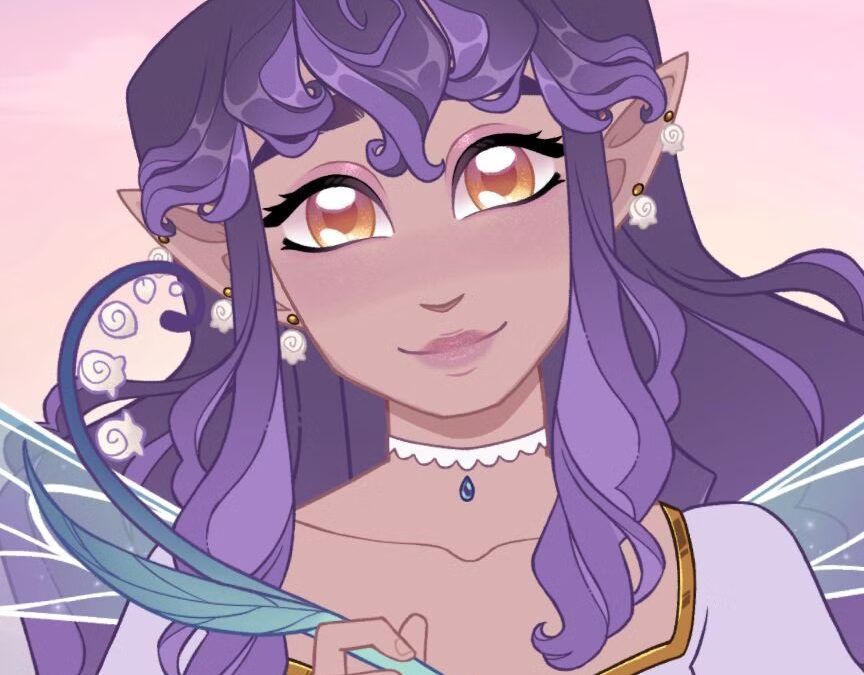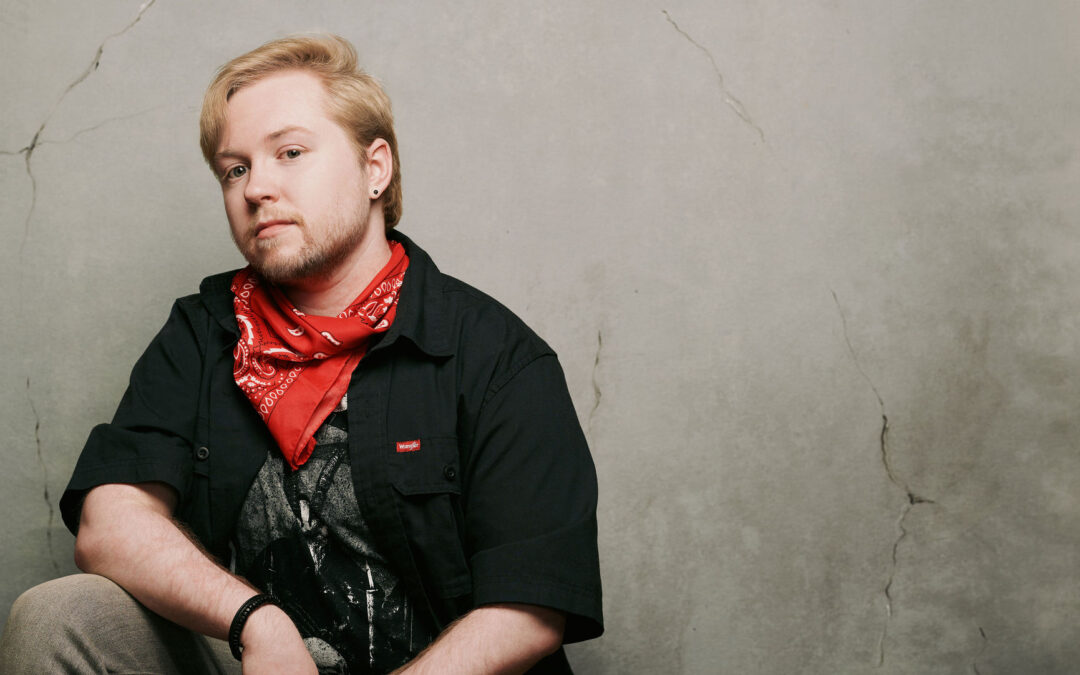Mimo is an illustration artist based in Bangkok, Thailand. After obtaining a B.Ed. in Art Education from Chulalongkorn University, she began working for her family business.
Yet, painting remains the individual’s true calling, and she has been exploring fresh methods to showcase her creativity on canvas ever since. Bringing stories to life through art is more than just a source of joy; it is her deep passion, and every opportunity to do so is truly cherished.
I had the opportunity to interview Mimo, which you can read below.
First of all, welcome to Geeks OUT! Could you tell us a little about yourself?
Nice to meet up here! I’m Mimo, Thai illustrator and the cover and interior artist of Thousand Autumns English edition by Seven Seas.
How would you describe what you do professionally and creatively?
When it comes to things I truly obsess about or work on, I’m a perfectionist. If it’s a novel illustration, I generally read the entire novel first, or at least half of the novel with lots of references, to immerse myself in the story, comprehend it, and choose the perspective I want to present or think about the picture that the reader would like to see. I am willing to adapt my style to fit various story themes.
What drew you to illustrating? Could you describe your artistic background for us?
When I was very little, my parents worked full-time, and I had to spend the entire day with mom at her desk. To keep me from playing around with them, Mom gave me children’s books with gorgeous pictures. After a few hours of reading, I got bored and started to use my mom’s recycled papers and her color ballpoint pens to write fresh stories and have fun. I’ve been doing this until now.
As someone known for their work illustrating the English translations for Thousand Autumns by Meng Xi Shi, what draws you to this author’s work?
During lockdown, I randomly bought the danmei named ‘The Fourteenth Year of Chenghua’ ‘by MXS and fell in love with the author’s writing style; they’re not only lovely moments that shoot immediately after long-lasting slow-burned but something that lingered with me for a while. They also do an excellent job of blending historical elements into the plot.
How were the illustrated scenes selected (i.e. did you get a say in which moments to illustrate?)
I couldn’t say much, but sometimes I do have requests. PLEASE ALLOW ME DRAW THIS SCENE!
What are your thoughts on the current danmei (Chinese genre of literature and other fictional media that features romantic relationships between male characters) publishing field and fandom?
Danmei is getting more popular with international fans than in the past; therefore, there is a strong possibility that the English edition will present a wider range of Danmei themes in the future. However, we have to understand that the current situation for Danmei in the mainland has been worrying due to strict censorship, so I am unsure whether this will have an impact on overseas licensing.

What are some of your favorite danmei or queer Chinese titles in general?
Excluding Thousand Autumns, it is ‘The Fourteenth Year of Chenghua’, ‘Winter Begonia’, and Lu Ye Qian He’s writings.
As an artist, who or what would you say are some of your greatest creative influences and/or sources of inspiration?
I enjoy going to art and comic events to recharge my creativity the most, but I don’t have much time these days, so I usually end up going to the bookshop once a week and watching related documentaries on Netflix or YouTube while drawing.
What’s a question you haven’t been asked yet, but wish you were asked (as well as the answer to that question)?
Q: How many years have you been creating artworks and attending comic events?
A: Well, I was a bit shocked when I found my very first copies; they were Harry Potter fancomics released in 2003, so around 20 years ago. Haha
Aside from your work, what are some things you would want people to know about you?
My major job is not in the art field, LOL. Most of my artwork is done at night when I get off work or on weekends, which may appear overworked, but I like it since I appreciate my life as an illustrator so much.
As a creative, what advice would you give to aspiring creatives/illustrators?
I’ve seen many young or new artists worried about their distinct style and needing to succeed immediately, but I believe everyone has their own way and time to shine. Your experiences and efforts are your best allies.
Are there any projects you are working on or thinking about that you are able to discuss?
I’m working on new projects that may be released this year, and I have a plan for my original book project at the end of the year. I have many ideas but haven’t decided yet.
Finally, what LGBTQ+ books/ authors/artists would you recommend to the readers of Geeks OUT?
What Did You Eat Yesterday?/ Kinou Nani Tabeta by Fumi Yoshinaga, very soft and gentle story. I love both comic and live-action adaptations
Momo to Manji by Sakura Sawa, the art is extremely gorgeous, full of detail, and very well researched for the Edo period.







0 Comments